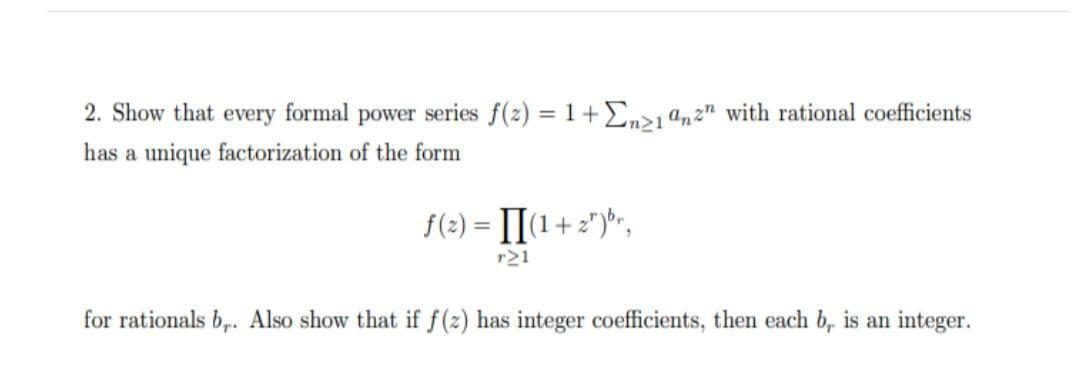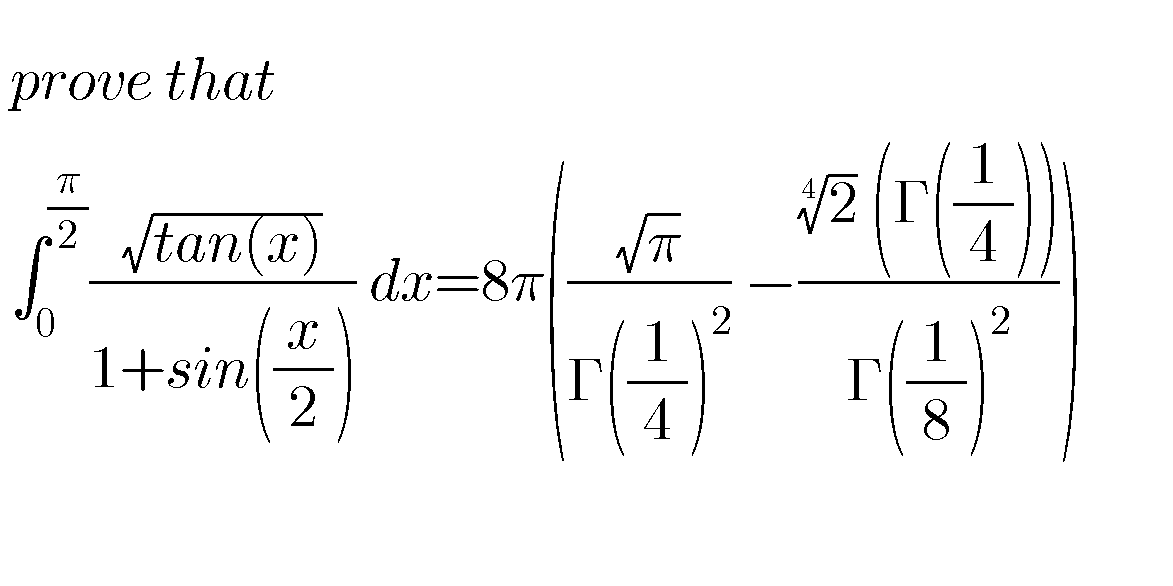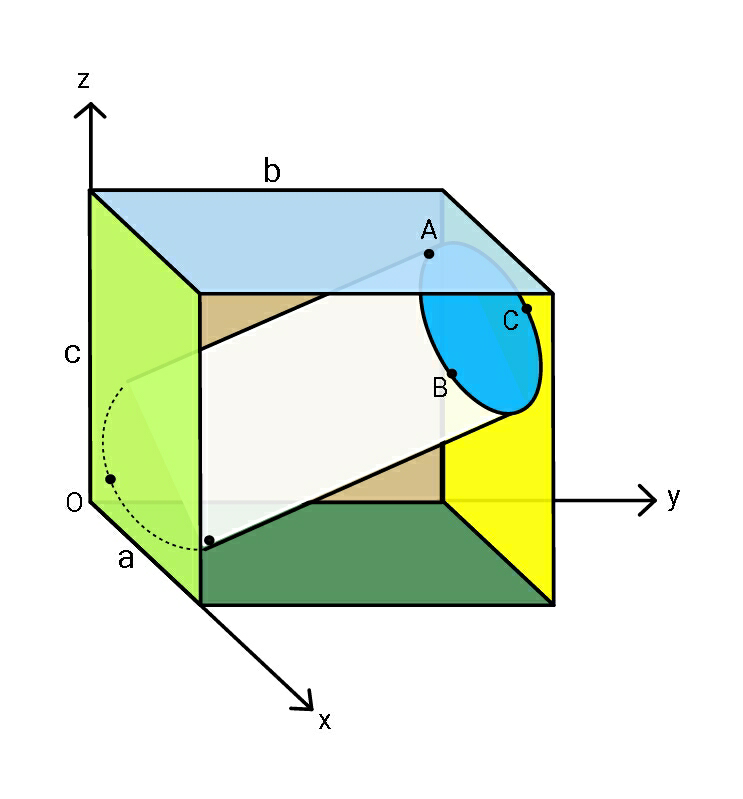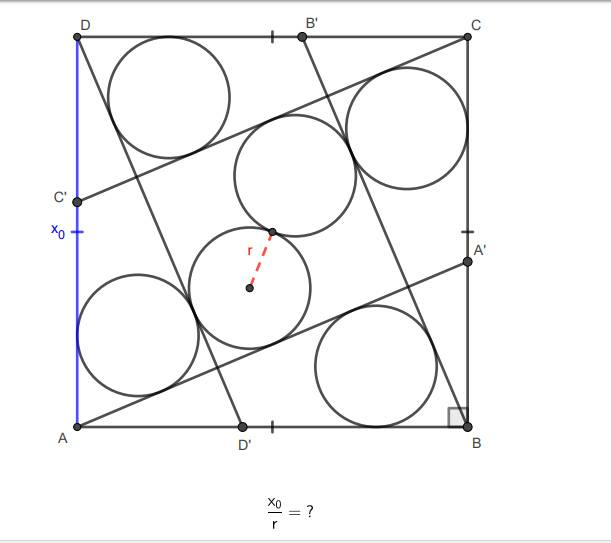
AllQuestion and Answers: Page 1348
Question Number 78563 Answers: 0 Comments: 0

Question Number 78549 Answers: 1 Comments: 0

Question Number 78542 Answers: 0 Comments: 0

Question Number 78526 Answers: 0 Comments: 14
Question Number 78522 Answers: 0 Comments: 10
Question Number 78503 Answers: 3 Comments: 0
Question Number 78496 Answers: 1 Comments: 4

Question Number 78493 Answers: 2 Comments: 0
Question Number 78490 Answers: 1 Comments: 0
Question Number 78489 Answers: 1 Comments: 0
Question Number 78511 Answers: 1 Comments: 2

Question Number 78468 Answers: 0 Comments: 1
Question Number 78465 Answers: 1 Comments: 0

Question Number 78460 Answers: 3 Comments: 3
Question Number 78456 Answers: 1 Comments: 0
Question Number 78453 Answers: 0 Comments: 4
Question Number 78449 Answers: 1 Comments: 1
Question Number 78447 Answers: 1 Comments: 0
Question Number 78458 Answers: 0 Comments: 2
Question Number 78444 Answers: 0 Comments: 0

Question Number 78443 Answers: 1 Comments: 0

Question Number 78440 Answers: 0 Comments: 0
Question Number 78427 Answers: 2 Comments: 0
Question Number 78425 Answers: 3 Comments: 0
Question Number 78400 Answers: 0 Comments: 0
Question Number 78399 Answers: 2 Comments: 14
Pg 1343 Pg 1344 Pg 1345 Pg 1346 Pg 1347 Pg 1348 Pg 1349 Pg 1350 Pg 1351 Pg 1352
